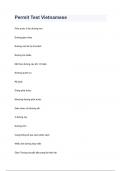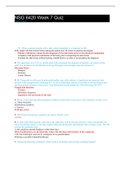Resume
Summary TEW Consumer Behaviour - eerste zit
- Établissement
- Universiteit Antwerpen (UA)
Toegepaste Economische Wettenschappen: Consumer Behaviour samenvatting concepten, alles wat gekend moet zijn voor het examen. Prof. Barbara Briers
[Montrer plus]












